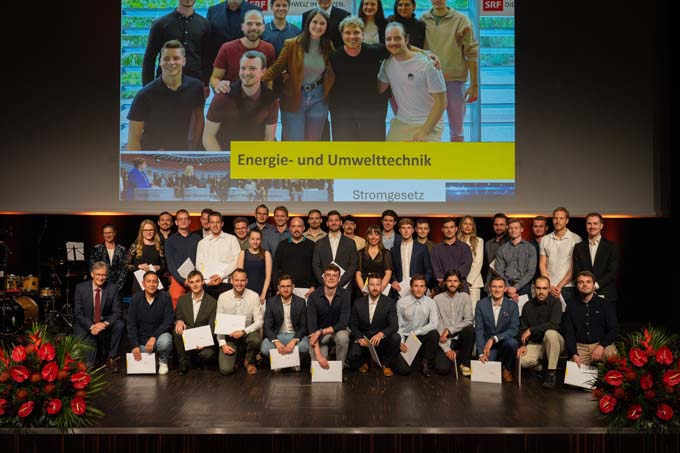Lack of technology transfer jeopardizes climate targets
Many developing countries condition their national climate change contributions submitted under the Paris Agreement on receiving funding, technology transfer and capacity building support from industrialized countries. But industrialized countries have so far not delivered on the scale promised, a new study shows. And public-private partnerships and other energy initiatives can only partially make up for this shortfall.

The industrialized countries have pledged to provide $100 billion per year from 2020 for climate financing from public and private sources. Technology transfer is particularly important here: The developing and emerging countries need not only money for the expansion of sustainable technologies, but also knowledge about low-carbon technologies.
So far, this goal is not being achieved - and not only because climate financing is lacking. "Most patents for low-carbon technologies are owned by companies in industrialized countries. This gives them a big competitive advantage. They only share their knowledge when it is advantageous for them," says Andreas Goldthau of the Institute for Advanced Sustainability Studies e.V. (IASS) and the University of Erfurt, co-author of a study on this topic. China is so far the only emerging market that has successfully attracted technology transfer through foreign direct investment, Goldthau cites as an example. In order to tap into the Chinese market, companies were willing to "transfer" their technologies, i.e. pass on knowledge.
China's recipe for success is only transferable to a limited extent
China's success in building a low-carbon technology sector is attributed to the high innovation capacity of Chinese industry as well as policy measures. "These include the promotion of joint ventures and knowledge transfer, but also a mandatory domestic content, meaning foreign investors must use products or services made in China. With its large and profitable market, China has been able to push through such measures," says the study's lead author, Silvia Weko (IASS/University of Erfurt). In other developing and emerging countries, however, similar efforts have proven ineffective or even counterproductive, she says.
There, foreign investment in low-carbon energy systems remains at too low a level. The countries are therefore using the predominantly fossil technologies and financial resources available to them. There is a risk that these countries will remain dependent on fossil energy in the long term.
Initiatives are committed to expanding the power grid, but too little to technology transfer
What can countries do that want to increase technology transfer but cannot get it through international markets or politics? Technology transfer initiatives, such as public-private partnerships or platforms like the United Nations Climate Technology Center and Network (CTCN), are seen as an opportunity for the energy transition in the Global South. Such initiatives should fill the market gap, but their track record is mixed, according to the IASS researchers' analysis.
Weko and Goldthau identified 71 international initiatives that count the transfer of low-carbon technologies among their goals. A particularly large number of these are active in countries where only a small proportion of the population has access to electricity. They are successfully improving the development of sustainable energy systems there. However, only 26 of the 71 initiatives studied actually take on the task of technology transfer.
In order to increase the transfer of knowledge to developing and emerging countries, the researchers believe it is essential that industrialized countries keep their funding promises and provide greater support to the United Nations Climate Technology Center and Network. This is because the gap cannot be closed with the current patchwork of initiatives. Linking up with trade also offers opportunities: For example, technology-importing countries can negotiate better conditions if they pool their demand.
Source: www.iass-potsdam.de









